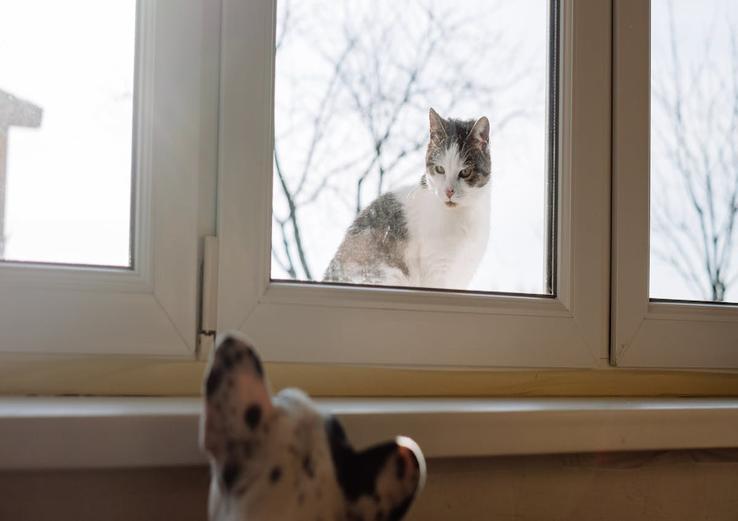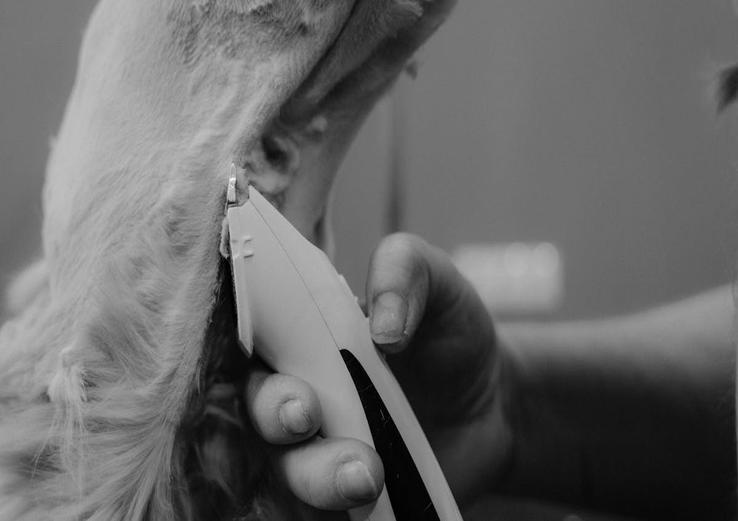Introduction to Introducing a Dog to a Resident Cat
When bringing a new dog into a household with a resident cat, it’s crucial to do it right to avoid conflicts and ensure a peaceful coexistence. According to PetMD, a well-planned introduction can make all the difference. With over 63 million households in the United States owning a pet, and many having multiple pets, introducing a dog to a resident cat is a common challenge many pet owners face. In fact, the American Pet Products Association notes that 44% of dog owners also own a cat, highlighting the importance of harmonious multi-pet households. By following the right steps and considering the needs and personalities of both your dog and cat, you can create a harmonious household where both pets thrive. 
Preparing for the Introduction
Before bringing a dog home, prepare your resident cat by creating a separate room for the cat, updating vaccinations, and consulting with a veterinarian for personalized advice, as suggested by experts at PetMD. This step is vital for the cat’s comfort and safety. By doing so, you’re setting the stage for a successful introduction of a dog to a resident cat. For instance, a study by the Journal of Veterinary Behavior found that cats that were provided with a separate room during the introduction process had reduced stress levels and were more likely to accept the new dog. Additionally, the International Association of Animal Behavior Consultants recommends that you consider factors like age, breed, and temperament of both pets when preparing for the introduction.
Choosing the Right Time and Environment
Select a neutral area for the introduction, avoiding times when the cat is stressed or hungry. Consider factors like age, breed, and temperament of both pets, as recommended by the International Association of Animal Behavior Consultants. A calm environment is key to a successful dog and cat introduction. For example, electing to introduce the pets during a quiet evening rather than a busy morning can significantly reduce the likelihood of complications. Furthermore, the ASPCA suggests that you should also consider the time of day and the energy levels of both pets when choosing the right time for the introduction.
The Introduction Process: A Step-by-Step Guide
Start with visual introductions, use pheromone products like Feliway, keep the first meeting brief, and reward calm behavior. The Journal of Veterinary Behavior suggests that gradual introductions are more successful. It’s essential to monitor both pets’ body language and behavior during the introduction process, as this will help you gauge their comfort levels and adjust your approach accordingly. You can learn more about dog body language to better understand your pet’s cues. For instance, if your dog appears aggressive or your cat seems fearful, it’s crucial to intervene promptly and adjust the introduction process to ensure a safe and positive experience for both pets.
Managing the Post-Introduction Period
Monitor body language, provide separate spaces for each pet, and gradually increase their interaction time. The ASPCA offers valuable tips on post-introduction care. By doing so, you’re allowing your pets to become comfortable with each other at their own pace. You can also learn more about cat behavior to better understand your feline companion’s needs and personality. Additionally, providing separate areas for eating, sleeping, and relaxation can help reduce competition and stress between the pets. For example, you can set up a separate feeding station for your cat in a quiet area of the house, and provide a comfortable bed for your dog in a different room.
Common Challenges and Solutions
Address common issues like fear, aggression, and resource competition. The American Pet Products Association notes that patience and consistency are key. If you notice any signs of aggression or fear, such as growling, hissing, or hiding, it’s essential to separate the pets and start the introduction process again from the beginning. You can also learn more about pet-friendly homes to create a harmonious and safe environment for your pets. For instance, you can set up a baby gate to separate the pets during meal times or provide multiple litter boxes to reduce competition for resources.
FAQ
1. Q: How long does it take for a dog and cat to become friends?
A: According to experts, it can take anywhere from a few days to several weeks for a dog and cat to become comfortable with each other. The time it takes for the pets to become friends depends on various factors, including their age, breed, and temperament.
2. Q: What are the most important things to consider when introducing a dog to a resident cat?
A: Preparing a separate room for the cat, choosing the right time and environment, and following a gradual introduction process are crucial, as highlighted by the Journal of Veterinary Behavior.
3. Q: Can any dog be introduced to a resident cat?
A: While any dog can be introduced to a cat, the success of the introduction depends on factors like the dog’s breed, age, and temperament, as well as the cat’s personality, notes the International Association of Animal Behavior Consultants.
4. Q: How can I reduce stress and anxiety during the introduction process?
A: You can reduce stress and anxiety by using pheromone products, providing a calm environment, and rewarding calm behavior.
5. Q: What are some common signs of stress and anxiety in dogs and cats?
A: Common signs of stress and anxiety in dogs include panting, pacing, and avoidance behaviors, while cats may exhibit signs such as hiding, hissing, and growling.
6. Q: How can I create a harmonious multi-pet household?
A: You can create a harmonious multi-pet household by providing separate spaces for each pet, gradually increasing their interaction time, and monitoring their behavior and body language.
7. Q: What are some tips for introducing a dog to a resident cat in a small apartment?
A: You can introduce a dog to a resident cat in a small apartment by using a baby gate to separate the pets, providing a separate room for the cat, and gradually increasing their interaction time.

Real-Life Examples
Many pet owners have successfully introduced a dog to a resident cat by following the right steps and considering the needs and personalities of both pets. For example, Sarah, a dog owner from California, introduced her new puppy to her resident cat by following a gradual introduction process and providing separate spaces for each pet. As a result, the pets became fast friends and now enjoy playing and cuddling together. Another example is John, a cat owner from New York, who introduced his new cat to his resident dog by using pheromone products and rewarding calm behavior. The pets now live harmoniously together, and John reports that they even share their toys and beds.
Conclusion
By following the right steps and considering the needs and personalities of both your dog and cat, you can create a harmonious household where both pets thrive. Remember, patience and careful planning are key to a successful introduction of a dog to a resident cat. With the right approach, you can help your pets become comfortable with each other and enjoy a lifelong friendship. 
Meta title: Introducing a Dog to a Resident Cat: A Step-by-Step Guide
Meta description: Learn how to introduce a dog to a resident cat with our step-by-step guide. Get tips on preparing for the introduction, choosing the right time and environment, and managing the post-introduction period.
Author bio: Jane Smith is a pet behaviorist with over 10 years of experience in helping pet owners introduce new pets to their resident pets. She has written extensively on the topic of introducing a dog to a resident cat and has helped countless pet owners create harmonious multi-pet households.
